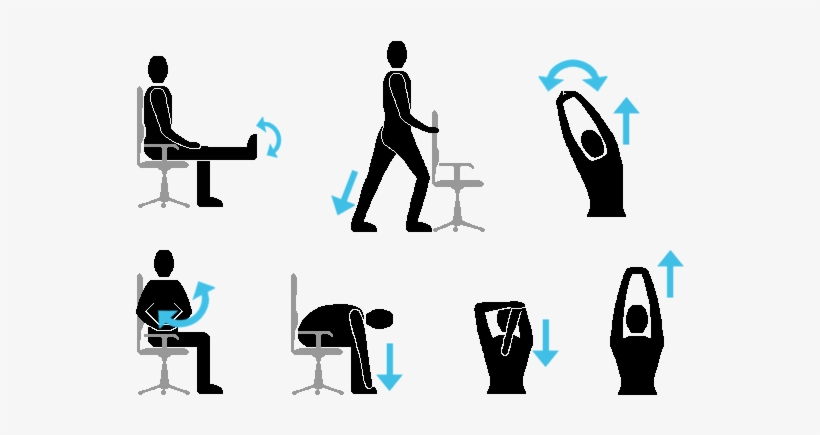Many people shrug off minor injuries with the thought that they will heal on their own. A twisted ankle, a sore wrist, or a small cut may not seem worth a doctor’s visit. Yet small injuries can escalate into bigger problems if left untreated. The body’s natural healing process depends on early care, and delays can turn a temporary setback into a chronic issue that affects daily life.
How Small Injuries Turn Serious
Minor injuries often start with mild pain or swelling that seems manageable. However, what looks insignificant on the surface can mask deeper damage. A mild sprain might involve stretched or torn ligaments that, without proper treatment, never fully heal. Similarly, an untreated bruise or muscle strain can lead to inflammation, restricted movement, or long-term weakness.
Some people continue their normal routines after an injury. This can worsen the condition, as repetitive movement or added stress on the affected area prevents recovery. Even a small cut or blister can lead to infection if not cleaned and covered properly. Left untreated, an infection can spread and cause more serious complications.
The Hidden Costs of Delaying Care
Ignoring an injury can cost far more than a quick check-up. Untreated injuries may lead to additional medical bills down the line from physical therapy, imaging tests, or surgery that could have been avoided with prompt attention. Chronic pain or reduced mobility can also interfere with work, exercise, and daily routines. What starts as a simple ache can become a long-term burden that affects mental health, energy levels, and overall quality of life.
Delaying treatment can also cause people to develop poor movement patterns as they try to compensate for pain. Over time, this imbalance may lead to new injuries in other parts of the body. For example, limping from a sore ankle can strain the knees, hips, and lower back. Taking early action prevents these ripple effects and keeps recovery shorter.
Signs You Shouldn’t Ignore
Some symptoms indicate that an injury is more serious than it appears. Persistent swelling, sharp pain, numbness, or limited motion are clear warnings that medical attention is needed. Bruising that spreads or fails to fade after several days may point to deeper tissue damage. Cuts that do not close or show signs of infection require professional cleaning and possibly antibiotics.
Any injury that causes difficulty with normal movement or disrupts sleep should be evaluated. Pain that gets worse instead of better over time rarely resolves on its own. Even if an injury seems minor, an assessment can confirm whether further treatment is necessary.
The Role of Immediate Medical Attention
Prompt evaluation helps prevent complications and ensures the right treatment from the start. Ice, compression, elevation, or rest might be sufficient for mild cases, but only a healthcare provider can rule out more serious damage. Visiting an urgent care clinic is often a convenient option for assessing minor injuries quickly without the wait. Early treatment often means faster recovery and less disruption.
Taking Preventive Steps
Prevention starts with awareness. Stretching before exercise, wearing proper footwear, and maintaining good posture reduce the risk of common injuries. Listening to the body’s warning signs is equally important. Pain and swelling are signals that something needs attention, not challenges to push through. Keeping a small first-aid kit at home and learning basic wound care can also help manage minor injuries before they worsen.
Ignoring a minor injury may feel harmless at first, but time can turn it into something much more serious. A brief visit to a healthcare provider today can prevent months of discomfort and costly treatment in the future. For more information, look over the infographic below.





